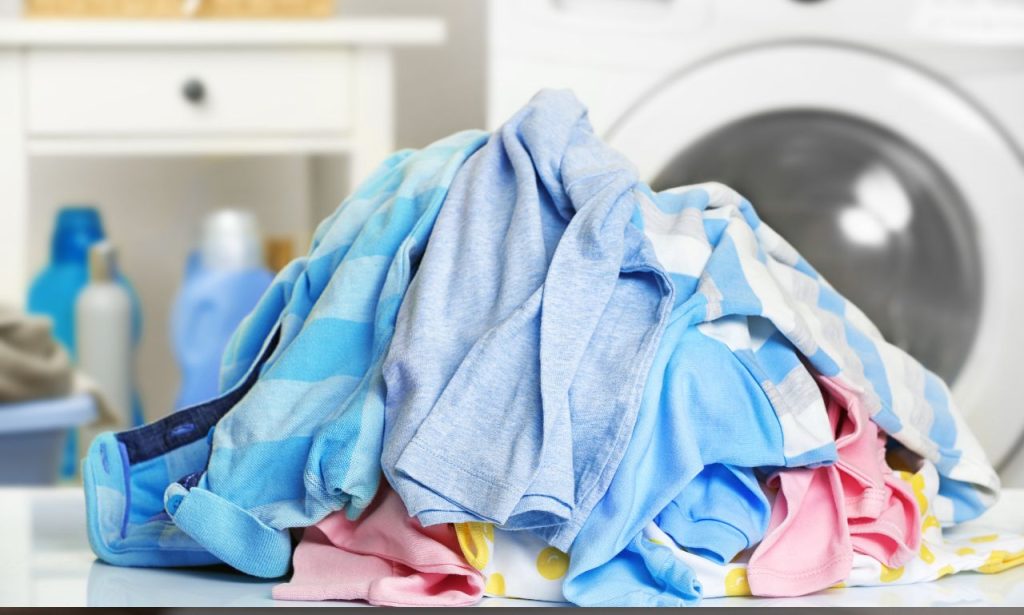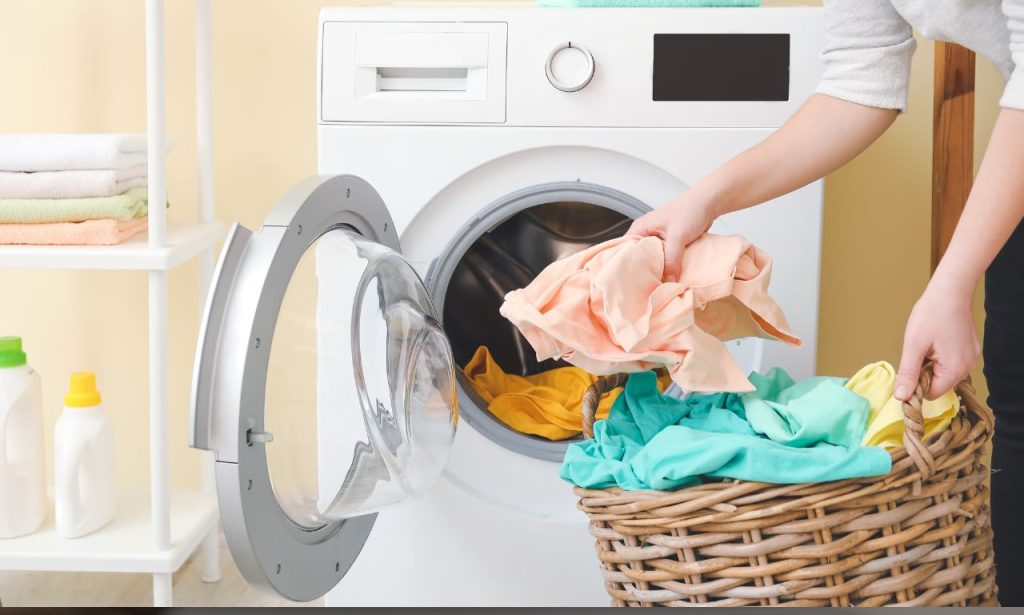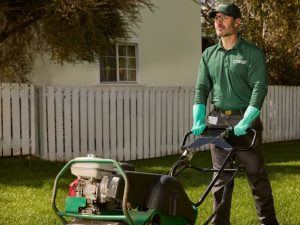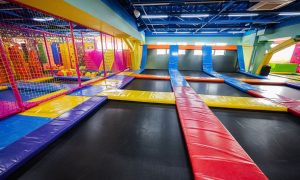You stand before a mountain of clothes, the scent of last week’s gym session clinging stubbornly to a forgotten sock. Laundry day. Two words that can inspire dread or begrudging acceptance, depending on your personality. But before you even think about tackling that Everest of fabric, there’s a fundamental question you need to answer: how many types of laundry are there?
This isn’t just about separating delicates from denim . This is about understanding the diverse landscape of laundry services, washing machine types, and fabric-specific care to transform yourself from a laundry novice to a true washday warrior.
Ready to dive in? Let’s unravel the mysteries of the laundry basket together.
Types of Laundry Services
The first step in answering “how many types of laundry are there” involves understanding the different services available. Forget the image of just a dingy basement laundry room – the world of washing is far more diverse!
1. Self-Service Laundromats
Ah, the laundromat. A place of whirling machines, the comforting scent of detergent, and the faint hope that you’ll find a dryer that actually gets your clothes dry. Self-service laundromats are the quintessential laundry experience for many, offering a no-frills approach to getting your clothes clean.
Pros:
- Cost-effective: Laundromats generally offer the most affordable option, especially for larger loads.
- Convenience: With extended hours and often multiple locations, laundromats offer flexibility for busy schedules.
- Larger machines: Tackle bulky items like comforters and rugs with ease thanks to larger capacity machines.
Cons:
- Time commitment: Hauling your laundry and waiting for cycles to finish can eat into your day.
- Shared facilities: Cleanliness and machine availability can be unpredictable.
- Limited services: You’re on your own for detergent, stain removal, and folding.
2. Full-Service Laundry Options

For those who view laundry day as a necessary evil, full-service laundry is a godsend. Imagine this: you drop off your overflowing laundry bag, and it magically reappears, neatly folded and smelling divine, a few days later.
Pros:
- Time-saving: Reclaim hours of your life by outsourcing the entire laundry process.
- Professional results: Experienced staff handle your clothes with care, using appropriate cleaning methods for different fabrics.
- Additional services: Many full-service laundries offer ironing, dry cleaning, and even repairs.
Cons:
- Higher cost: Convenience comes at a price, and full-service laundry is the most expensive option.
- Less control: You relinquish control over the washing and drying process, including detergent choices and water temperature.
- Potential for delays: Unexpected delays in service can be inconvenient.
3. Dry Cleaning Services
Dry cleaning isn’t technically “washing” as it doesn’t involve water. Instead, garments are cleaned using chemical solvents that remove stains and odors without shrinking or damaging delicate fabrics.
Pros:
- Gentle on fabrics: Ideal for delicate materials like silk, wool, and certain synthetics that can be damaged by traditional washing.
- Effective stain removal: Dry cleaning solvents can often remove stubborn stains that water-based methods can’t.
- Professional pressing and finishing: Garments are returned wrinkle-free and looking their best.
Cons:
- Costly: Dry cleaning is typically more expensive than traditional laundry.
- Use of chemicals: Some people are sensitive to the chemicals used in the dry cleaning process.
- Not suitable for all stains: Not all stains respond well to dry cleaning, particularly water-based stains.
4. Commercial Laundry Services
Think beyond your overflowing hamper – commercial laundry services cater to businesses with high-volume laundry needs. Hotels, restaurants, hospitals, and even gyms rely on these services to handle linens, uniforms, and other large-scale laundry demands.
Pros:
- High capacity: Equipped to handle massive volumes of laundry quickly and efficiently.
- Specialized equipment: Industrial-grade washers and dryers are designed for heavy-duty use and specific fabric types.
- Cost-effective for businesses: Outsourcing laundry allows businesses to focus on their core operations.
Cons:
- Not suitable for individuals: These services are geared towards businesses and not individual consumers.
- Potential for delays: Large orders can sometimes experience delays during peak seasons.
- Less control over individual items: Focus is on bulk cleaning, so individual garment care may vary.
Understanding Washing Machine Types
Now that we’ve explored the various laundry services available, let’s shift our focus to the workhorses of clean clothes – the washing machines themselves. Understanding the different types of washing machines available is crucial in answering “how many types of laundry are there” and ensuring you’re using the right machine for your needs.
1. High-Efficiency Top-Load Washers
These machines have become increasingly popular in recent years, offering a blend of traditional design and modern efficiency. They use a low-water wash system and an impeller wash action (a low-profile agitator at the bottom of the tub) to clean clothes effectively.
Pros:
- Water and energy efficient: Consume significantly less water and energy compared to traditional top-loaders.
- Gentle on clothes: The impeller wash action reduces wear and tear on fabrics.
- Faster wash cycles: Many models offer quicker wash cycles compared to traditional top-loaders.
Cons:
- Can be pricier than traditional top-loaders: The initial investment is higher, but the long-term savings on utilities can offset the cost.
- May not handle extremely soiled clothes as effectively: The gentler wash action might not be as effective for heavily soiled items.
2. Front-Load Washers
Known for their sleek design and exceptional cleaning power, front-load washers have become a staple in many homes. They utilize a tumbling wash action and high spin speeds to extract more water, resulting in shorter drying times.
Pros:
- Highly water and energy efficient: Use significantly less water and energy than both top-load types.
- Gentle on clothes: The tumbling wash action is gentler on fabrics, extending their lifespan.
- Excellent cleaning performance: Known for their ability to remove even stubborn stains effectively.
Cons:
- Higher initial cost: Front-load washers are typically the most expensive type of washing machine.
- Can be prone to mold and mildew: The airtight seal and moisture retention require regular cleaning to prevent mold growth.
- Longer wash cycles: Wash cycles are generally longer compared to top-load machines.
3. Portable Washing Machines

Short on space? Portable washing machines are compact, lightweight, and designed for small apartments, RVs, or anyone with limited laundry space. They typically connect to a sink faucet and offer basic washing functionalities.
Pros:
- Space-saving design: Ideal for small living spaces where a full-sized washer won’t fit.
- Portability: Easy to move and store, making them perfect for renters or frequent movers.
- Affordable option: Generally less expensive than full-sized washing machines.
Cons:
- Smaller capacity: Limited to small loads, making them unsuitable for families or large laundry volumes.
- Less powerful: May not clean heavily soiled items as effectively as full-sized machines.
- Can be less stable: Their lightweight design can make them prone to movement during operation.
Conclusion
So, how many types of laundry are there? The answer, as we’ve discovered, is multifaceted. It’s a tapestry woven from diverse services, a spectrum of washing machines, and a deep understanding of fabric-specific care.
It’s about recognizing that laundry isn’t a one-size-fits-all endeavor. It’s about finding the perfect balance between convenience, budget, and environmental consciousness to create a laundry routine that seamlessly integrates into your life.
Armed with this newfound knowledge, you’re no longer a laundry novice facing a mountain of clothes with trepidation. You’re a washday warrior, equipped with the tools and knowledge to conquer any laundry challenge that comes your way.
Go forth and wash with confidence!
ALSO READ: What Does Fasting Consist Of?
FAQs
Pre-treating stains is crucial for effective removal. Apply a stain remover directly to the stain before washing, allowing it to sit for the recommended time. For tough stains, consider using a paste made from baking soda and water or a mixture of vinegar and water.
The frequency of washing depends on the garment and how often it’s worn. Items like underwear, socks, and gym clothes should be washed after each use, while jeans and sweaters can be worn multiple times before needing a wash.
It’s generally best to separate lights and darks to prevent color bleeding. However, if you’re short on time or washing a small load, you can wash similar colors together.
Always check the care label for washing instructions. Washing in cold water and air drying or tumble drying on low heat can help prevent shrinkage.
Don’t panic! Soaking the shrunken garment in a solution of lukewarm water and hair conditioner for 30 minutes, then gently stretching it back to its original shape while wet, can sometimes reverse shrinkage.




